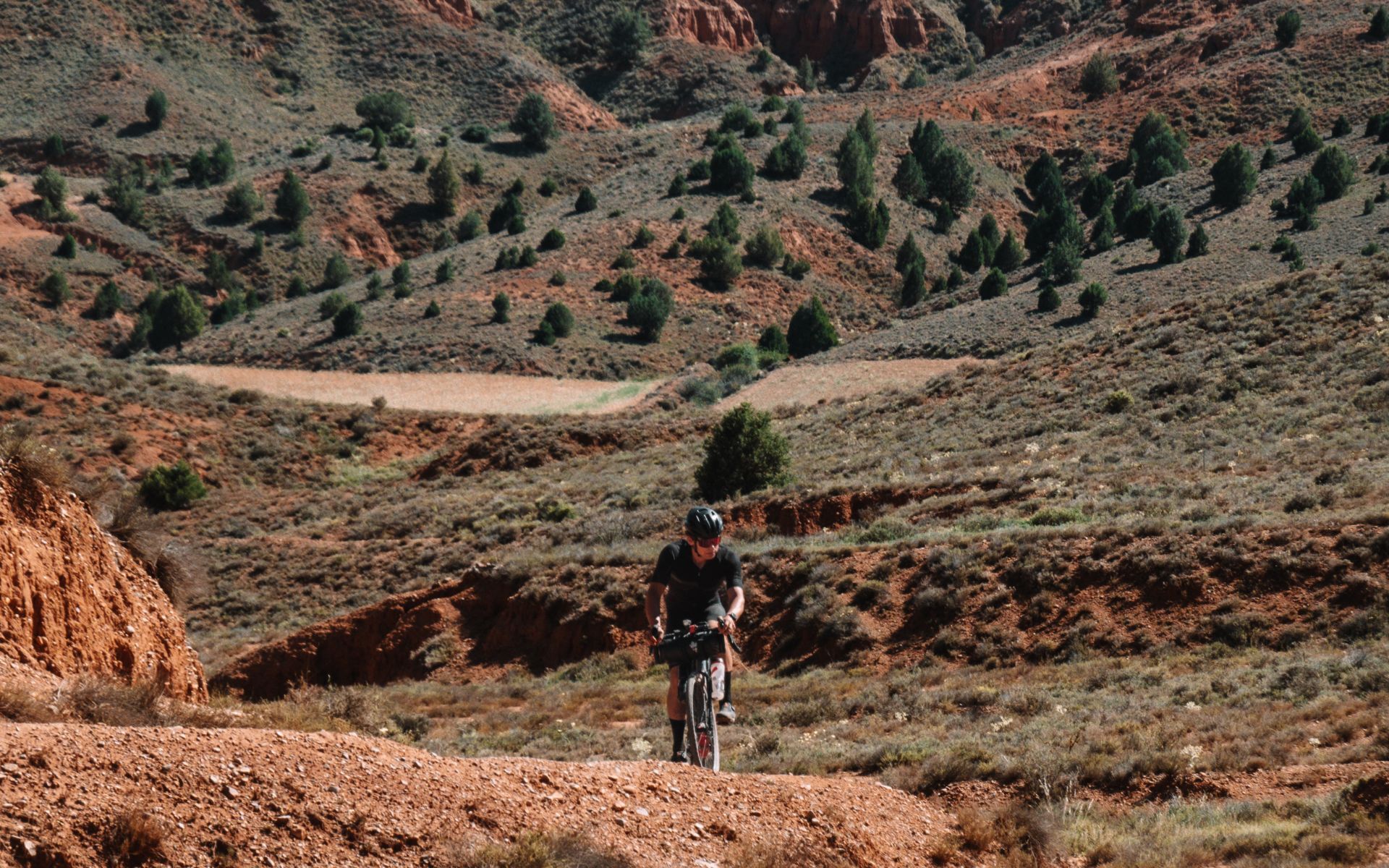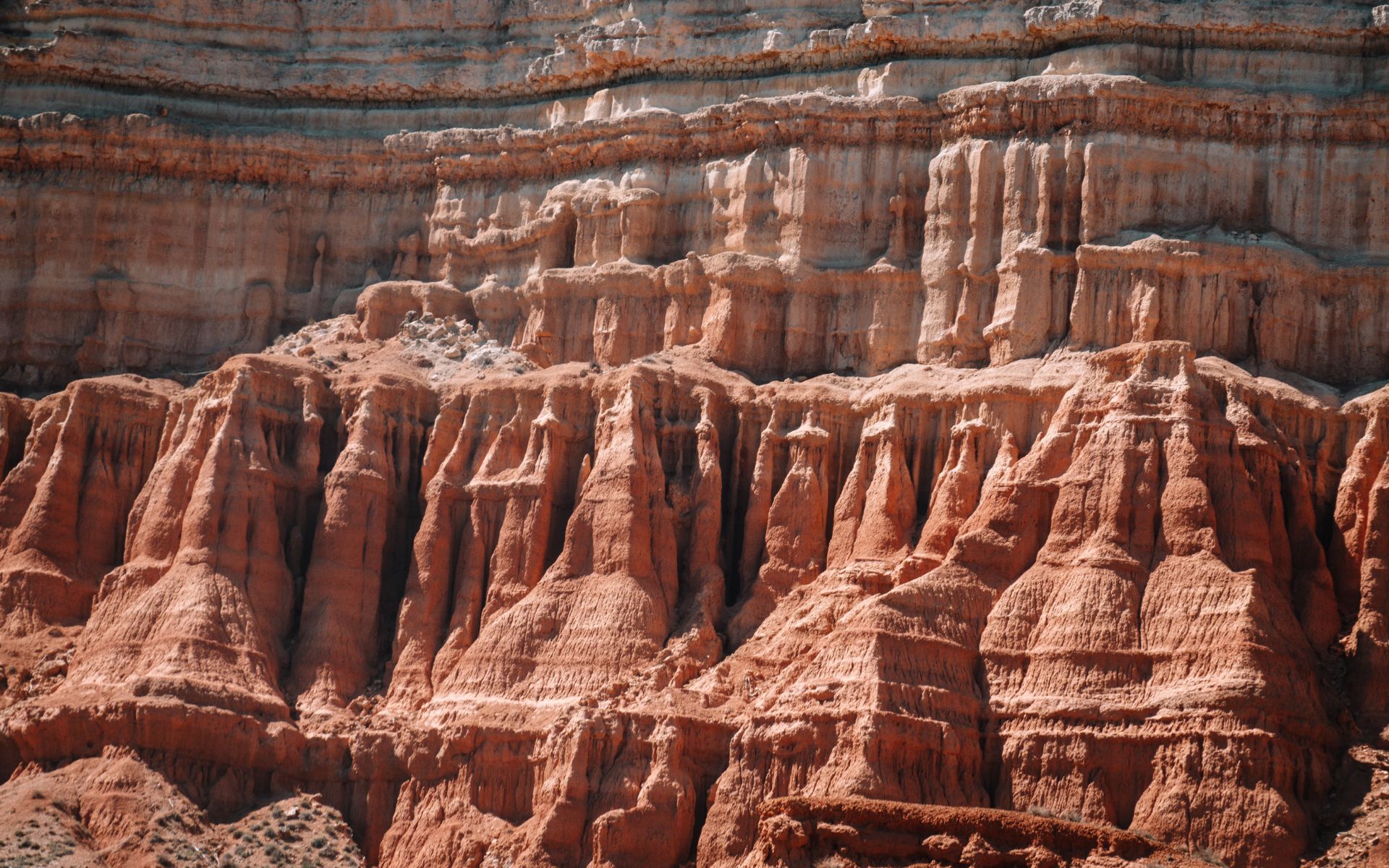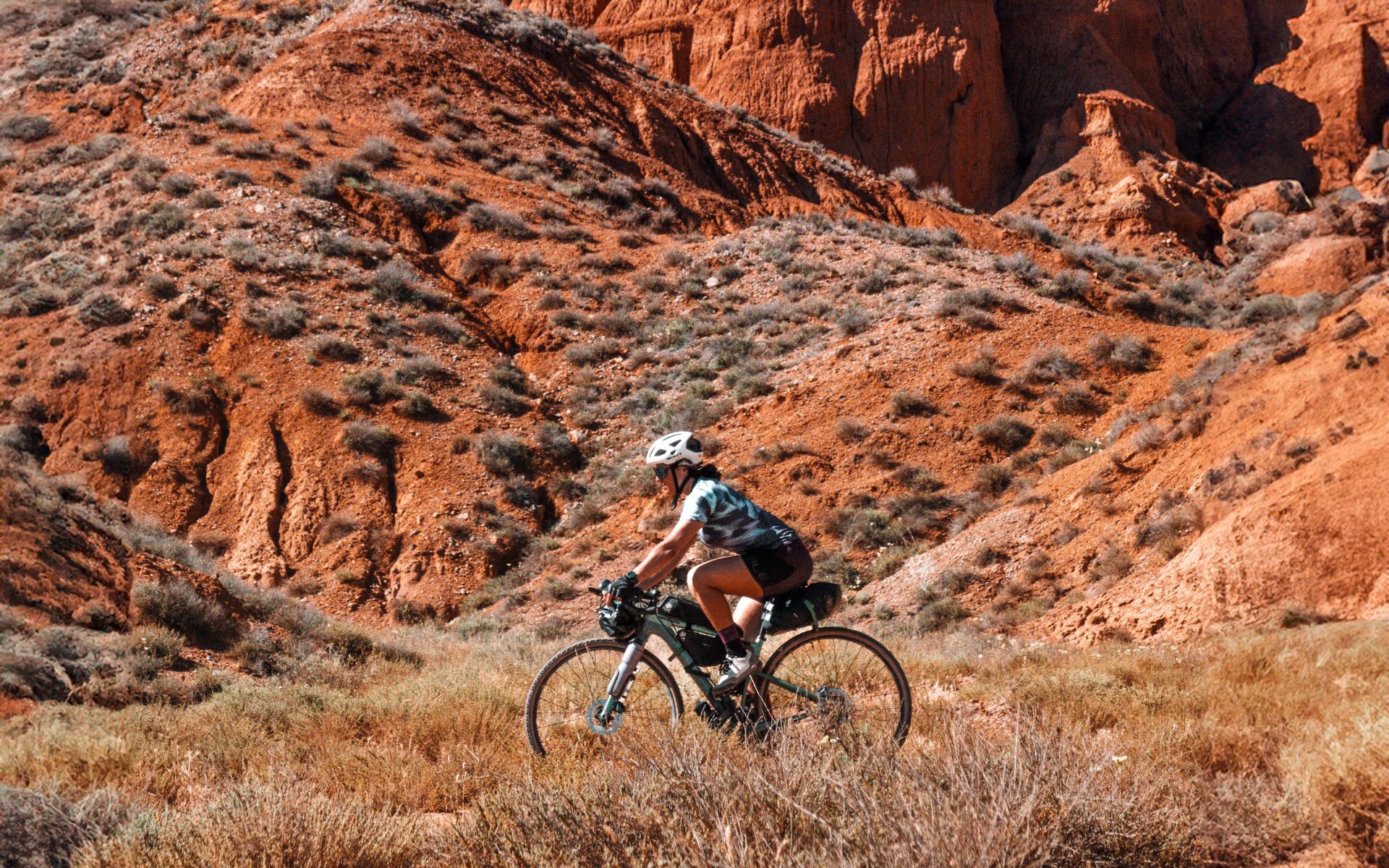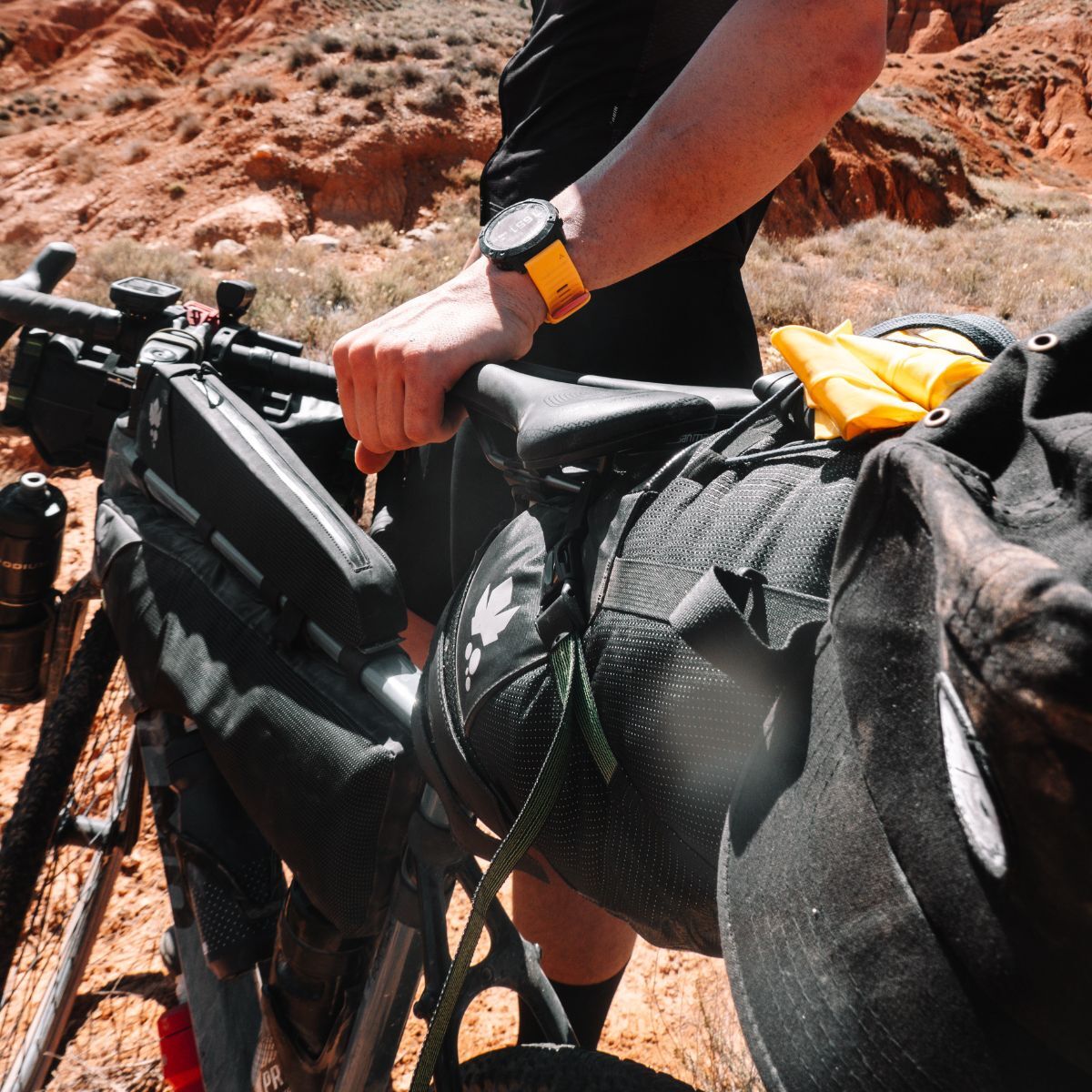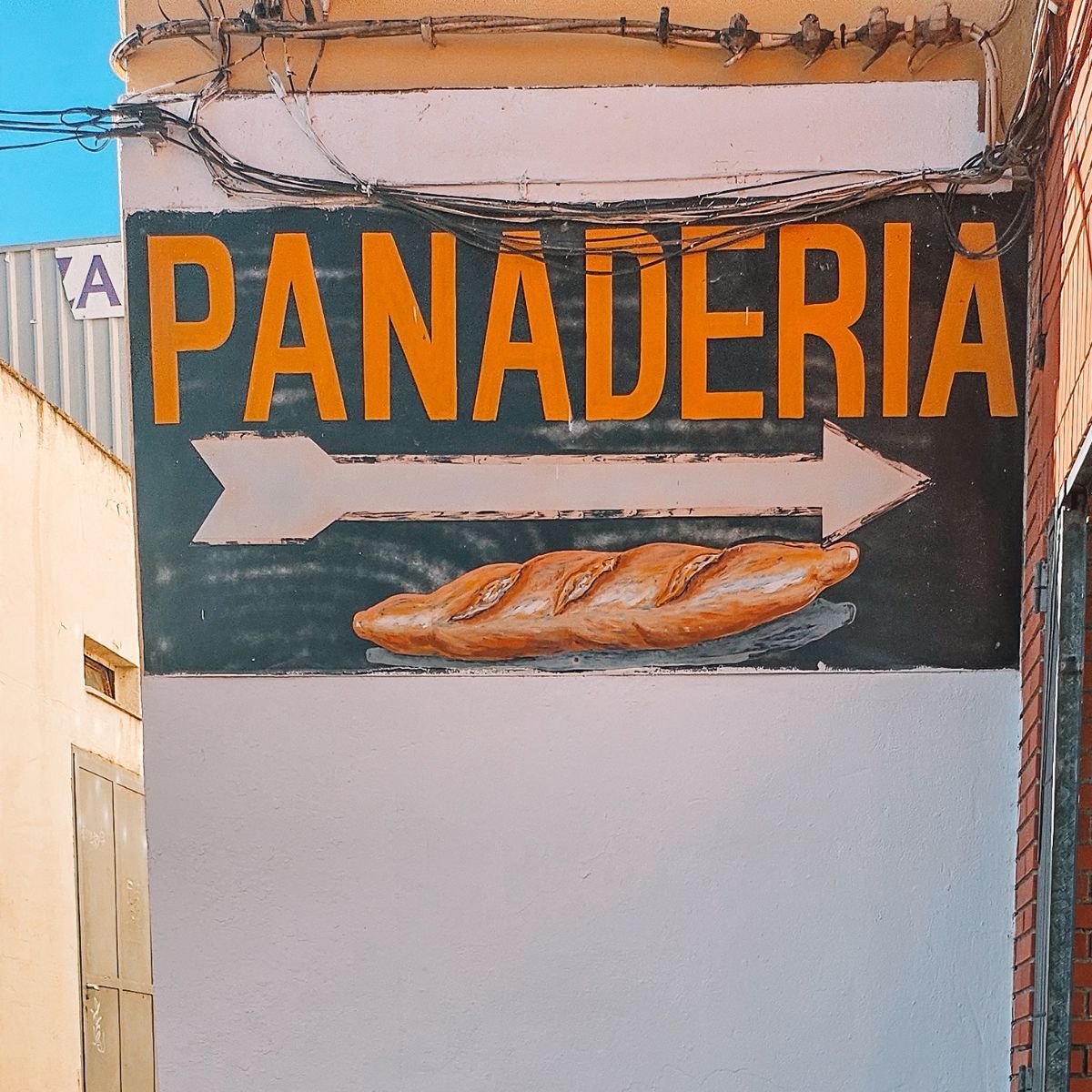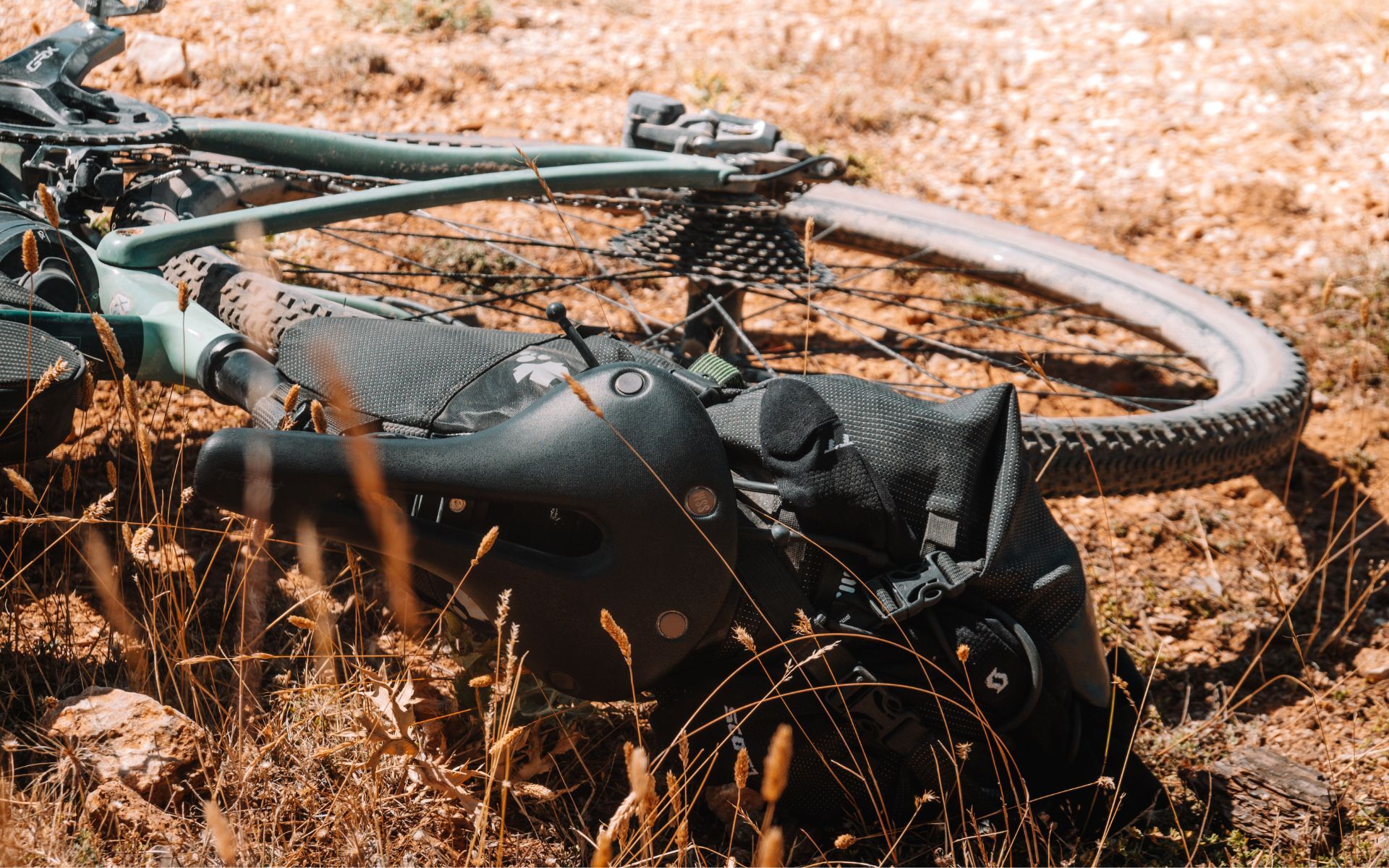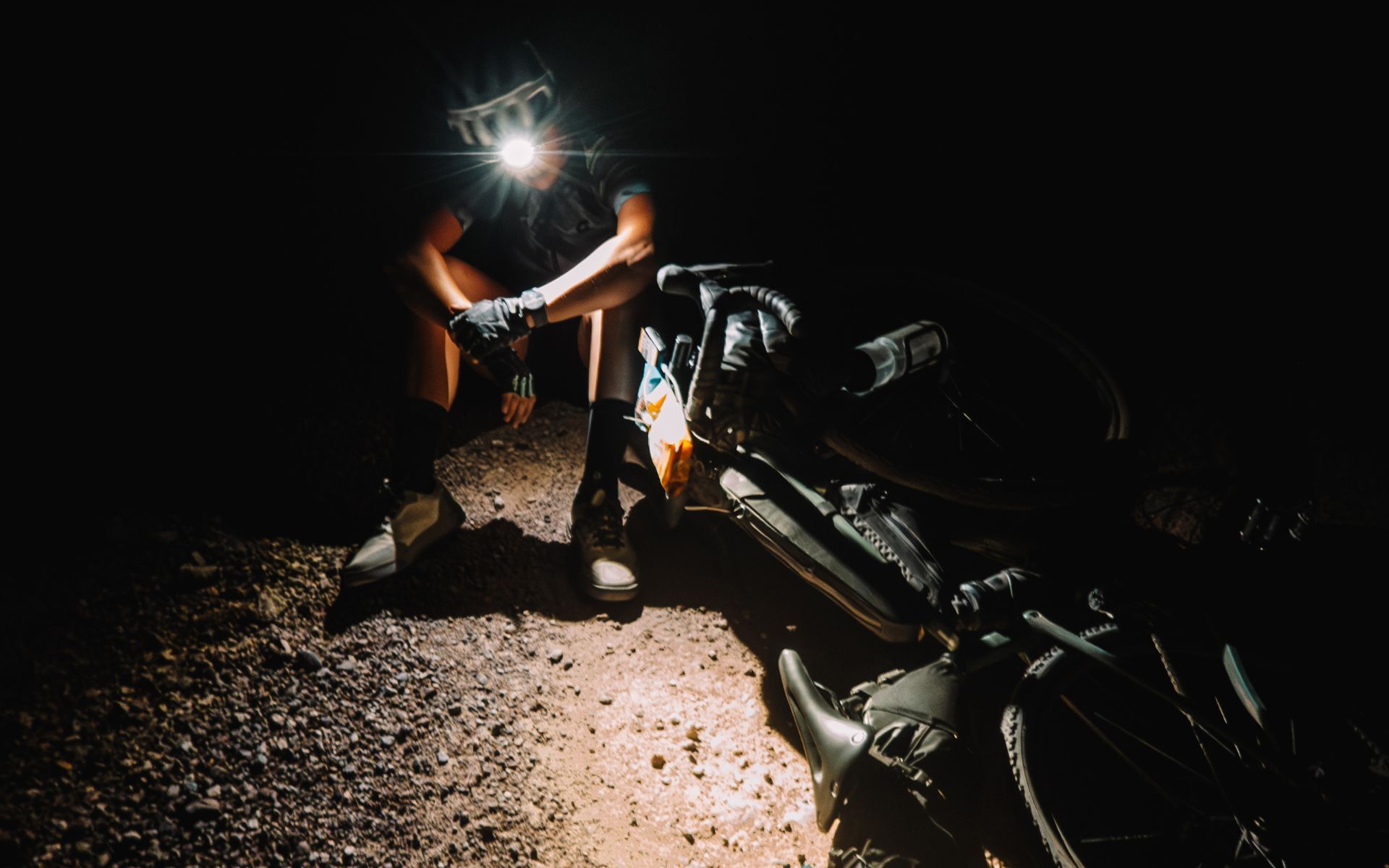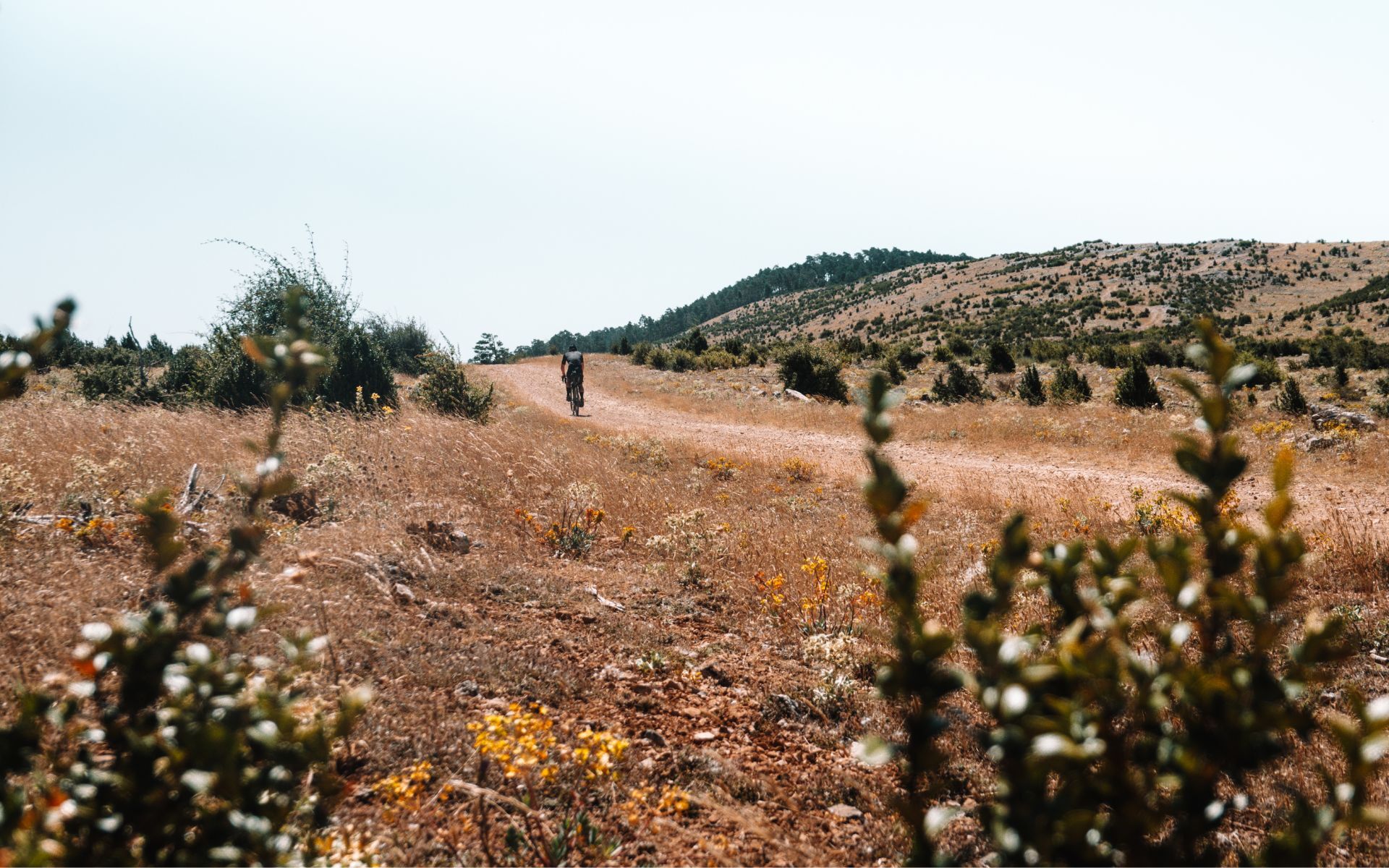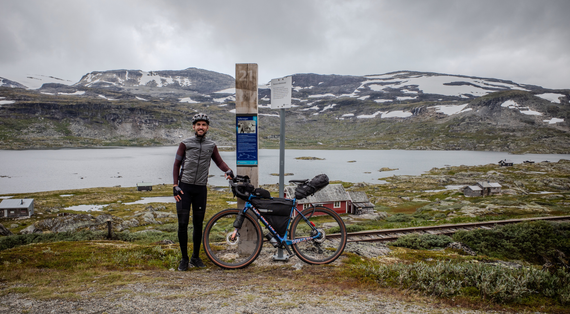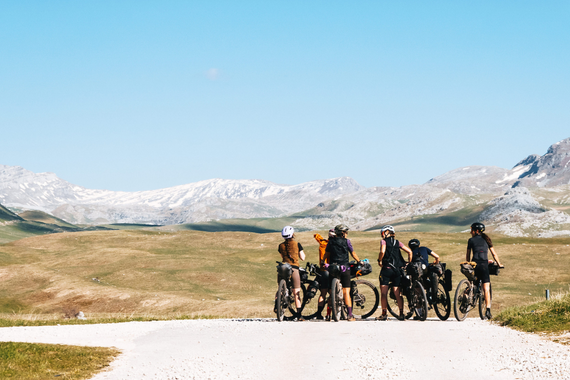It is difficult to describe in words the feeling of setting off on an adventure like the one we embarked on in July when we flew from Milan in search of remote Spanish places. Landing in Valencia and after a train ride taken on the hop, we arrived in Teruel, the city that would mark the beginning of our journey.
Days of intense cycling across difficult terrain, gaining a deep connection with nature and ourselves followed. Montañas Vacías is not just a gravel bikepacking route, it is an immersion in one of the most remote and wildest corners of Spain.
Montañas Vacías, literally translated, means ‘Empty Mountains’. This region covers an area more than twice the size of Belgium, but its population density is comparable to that of the great steppes of the North: about seven inhabitants per square kilometre. Obviously, these few souls live in small villages and clusters of houses, which makes for many hours of solitary cycling through Spanish Lapland. This made the journey not only a physical challenge but also a mental one. It is just you, your bike, and a landscape as magnificent as it is boundless.
Travelling by bike requires you to carry everything you need: tents, sleeping bags, clothes, but also the equipment to document your trip. A camera, a drone, powerbank, SD cards, SSDs, hard drives, and more–every gram counts, but every gram weighs. We spent hours trimming down everything we could: an ultralight tent, essential clothes, a compact camera, but even so, the bikes weighed in at around 27kg (also thanks to the four water bottles needed to survive the heat of the desert in the middle of July).
We tried to travel as light as possible, but the reportage took its toll in terms of weight. The journey was not without setbacks: the trails and roads were not as smooth as we had planned. “One day, in particular, I punctured at least twenty times, my own fault and the unbridled quest for weight”, remembers Paolo. “I had fitted too light inner tubes with a tyre that was too thin for our challenge.” Another big problem was water, which, given the arid environment, was in short supply. With just over four litres each, it wasn’t easy to pedal in the sun without being able to hydrate properly, as every sip counts in those places.
Travelling together is a wonderful experience, but after so many kilometres spent side by side and hours spent together, it is sometimes some alone time is needed. “It used to happen that we would separate for a few hours to regain our rhythm and inner serenity,” says Francesca. “This allowed us to recharge our mental energies and prevent tiredness and frustration from spilling over onto our travelling companion.”
A typical day in the Montañas Vacías
Every day followed a now familiar ritual: we woke up, took down the tent, folded our mattresses and clothes, turned on the bike computer, and then set off in search of a panaderia or something open to eat. Of course, to make things more difficult, some days, the few places that sold food were closed, leaving us to ride long distances on empty stomachs. We stayed in the saddle all day and only managed to cover a few kilometres, about a hundred or so, because of the difficult, technical terrain and the altitude difference.
Montañas Vacías is a very demanding route and cannot be considered a route for beginners. The elevation change, the difficulty of the terrain and the fact that cycling in such a remote place makes this route unsuitable for anyone with experience in this type of journey. It is important to have sufficient bike repair skills, orientation, map interpretation, first aid and understanding of the weather to avoid dangerous situations.
Quiet Parks International has awarded Montañas Vacías the title of Quiet Trail[1] , making it the first in Europe and the first cycling route in the world to achieve this distinction. The protection of Quiet in the last environments where we can still find it has effects that go beyond the acoustic aspect. It is one of the most powerful tools for caring for our natural environments, but also for caring for ourselves. In lives increasingly disconnected from nature, it is vital to preserve these last points of reconnection, these Sanctuaries of Silence. Silence was a constant, for miles and miles, the only sounds were those of the wheels on the ground, our breaths and, when we stopped, only the sounds of nature.
Between rides, we took photos, trying to capture the essence of those remote places. And when the sun went down, we continued pedalling to get ahead on the next stages or to catch up on a late finish that day. The day then ended with the same ritual as in the morning but carried out in reverse: the tent was put up, the mattress inflated, then a quick clean with wet wipes and finally, inside the sleeping bags, trying to find warmth in those freezing nights, where the temperature dropped below 10 degrees, despite the stifling heat of the day.
We had a track to follow, but after the third day, we modified it and made it our own; we were not just there to ride but also to experience those harsh and arid lands. We saw spectacular places where we absolutely had to go, and yes, this forced us to cut one piece and add another, but we didn't care because we were there to make this trip our own, and we wanted to capture the best that Spanish Lapland had to offer.
So we said to ourselves: “OK, to get to places off the track, we changed the route, but we still want to cycle all the original kilometres that we set ourselves.” It was then that we decided to return to Valencia, not by train, but by bike, on one of the most spectacular routes we could take: the Camino Natural Vía Verde de Ojos Negros–the longest green route in all of Spain. We found kilometres of spectacular dirt roads that were fast and compact and led us straight to Valencia, along the old railway line. After passing through tunnels, we left the Via Verde and the deserted mountains to arrive in the city.
From the empty and desolate mountains to the bustling city full of tourists. From silence to noise. Huge contrasts with one constant: us and our bikes loaded with bags, dust and wonderful memories. Montañas Vacías was more than just a bikepacking adventure. It was a test of endurance, adaptability and deep connection with nature. We learned to know our limits, to challenge them, and to overcome them by cycling in one of the most remote and fascinating places in Spain.







